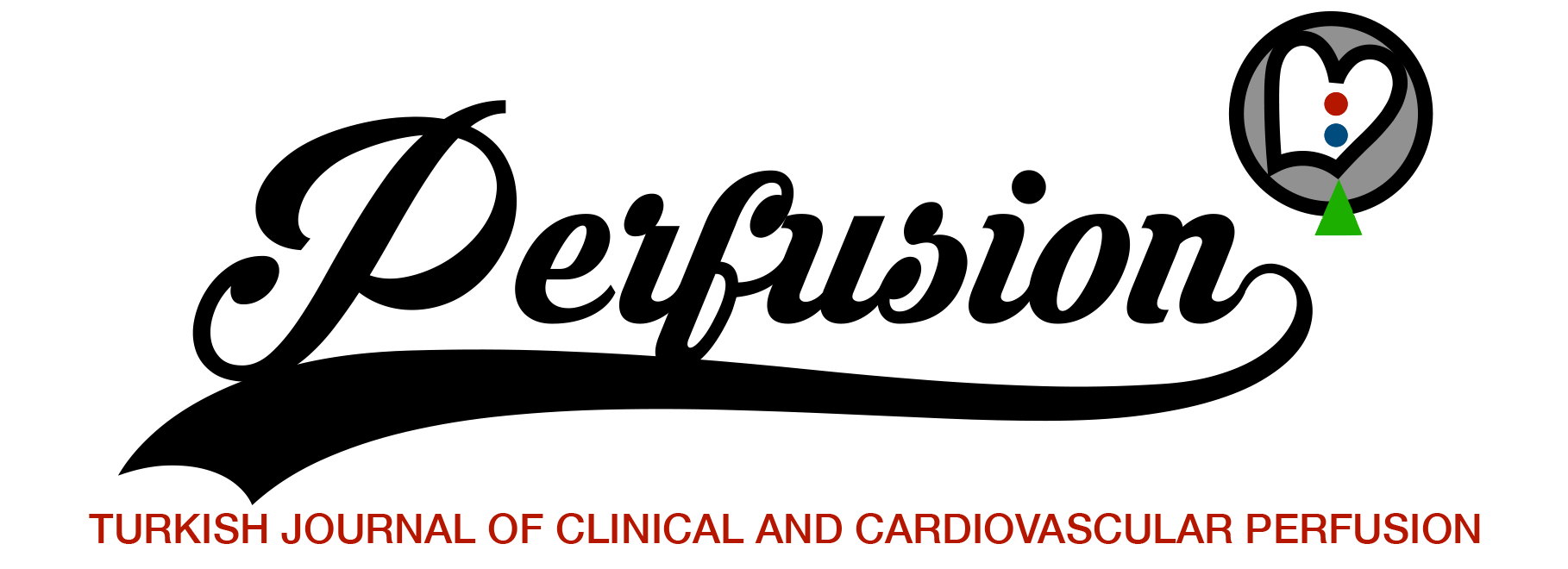Abstract
Objective
The quality and effectiveness of the theoretical and practical education processes currently received by the students of the Perfusion Undergraduate Department and the students’ future plans in the professional field are considered to be important for the future of the perfusionist profession. This study was conducted to determine the quality of education and the educational needs of the perfusion undergraduate students in Türkiye.
Materials and Methods
Data were collected by conducting a survey with 90% coverage for students in universities providing Perfusion undergraduate education in Türkiye. Existing theoretical and practical analysis of the education process, education needs, and future study plans of students were examined. The survey consisted of multiple-choice questions, and statistical analysis of the survey was done using the SPSS 27.0 software. In this descriptive research, categorical data were presented using frequency and percentage.
Results
67.1% of the participants are studying at “A” university and 32.9% are studying at “B” university. 76.7% of the participants think that theoretical education is excessive and that practical education is insufficient. While the students stated that the laboratory facilities provided by the universities are insufficient, they mentioned that, in terms of internship duration, in addition to the balanced distribution of the students at “A” university, 75.6% of the students at “B” university, reported it is also insufficient. In addition, there is a balanced distribution of the students at “A” university. Eighty-five-point nine percent of the students find the lecture techniques of perfusionist instructors more useful in field courses. When the students are considered in terms of their professional goals and expectations, the desire of 1 out of every 5 students to practice their profession abroad comes to the fore.
Conclusion
The educational processes of perfusion students in Türkiye were analyzed and the educational needs in universities and clinical practice areas were determined. Laboratory training supported by simulation systems is recommended, in addition to suggestions for increasing laboratory facilities and clinical practice opportunities for the effectiveness of educational activities.



